With a population of 2.9 million, Quezon City is the country’s second-most populous city. It is one of the most intriguing cities in the country because of its eclectic blend of cultures and cuisines! Because the city is home to so many diverse international cuisines, it’s no surprise that new restaurants are always opening and old favorites are growing and extending their menus.
In Quezon City, there is a new generation of restaurants that are both visually beautiful and deliver satisfyingly delicious cuisine. This list includes the Best Restaurants To Eat in Quezon City!
Deo Gracias
If you are craving the best Spanish food in town, then Deo Gracias is the place to be. There aren’t many restaurants in the Philippines that are as well-known for Spanish food as Deo Gracias, but the menu at this lovely cafe is full of real tapas and paella that have won the hearts and taste buds of many patrons.
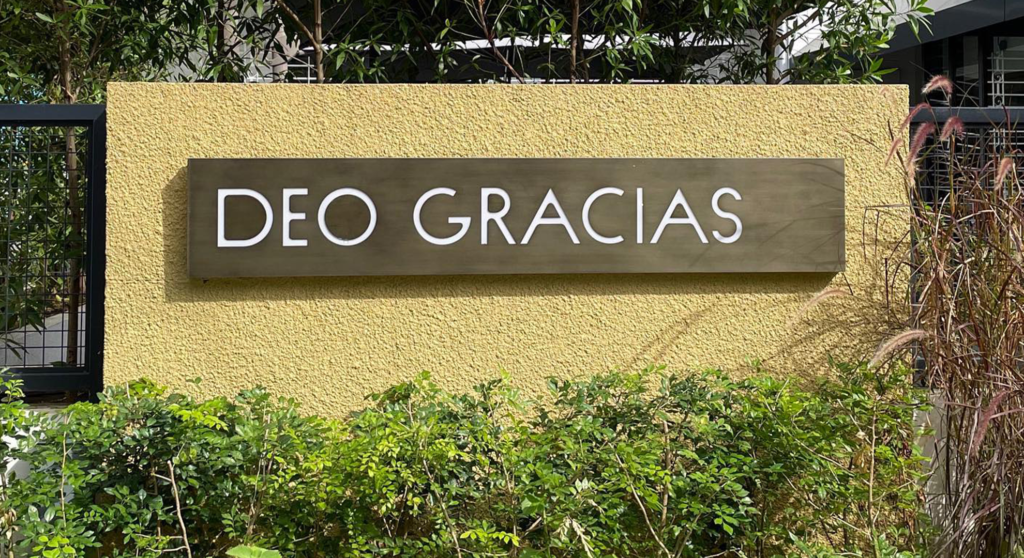
Since its initial location opened in the 1990s, Deo Gracias has been a favorite with Filipinos. The dining experience caters to all tastes and budgets, with complete meals, just drinks, and tapas alternatives. Therefore, don’t miss it if you’re dining in the city.
Pin Wei
The Mandarin phrase Pin Wei, which means “enjoyment of food,” is an ideal way to characterize the eating experience at this restaurant. It’s one of the top Chinese restaurants in the city, and it’s located in Quezon City. The Lim family owns the restaurant, as well as notable fast-food businesses such as Chowking and Red Ribbon. The Lims’ love of Chinese food drove them to create their restaurant, which serves classic meals with a Lim twist.
Pin Wei takes visitors on a culinary journey to China by serving genuine dim sum platters and xiao long buns. Pin Wei also provides noodle meals, such as their unique beef noodles, which are prepared with more than ten ingredients to give them a distinct flavor.
Las Casas
At the 2016 Esquire Magazine Restaurant Awards, Las Casas has named the best restaurant in the Philippines. This should always be on everyone’s to-try list because of its warm and friendly ambiance. Las Casas has been in business since 1976 and is one of Quezon City’s most popular restaurants.
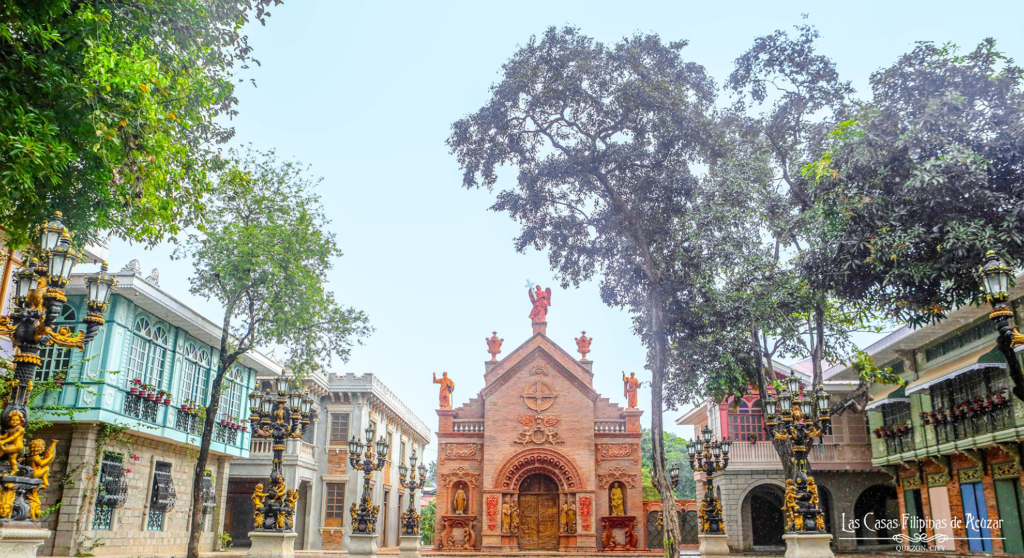
It began with a small dining room and has now grown to include a second level with a view of the dining space below and an outside terrace. The menu includes typical Filipino meals such as bulalo rice soup, pig and chicken caldereta (a stew prepared from local goat meat), adobo (a pork and chicken stew), and pancit (vermicelli noodles).
Hapag
Hapag is a favorite among the stylish set in Quezon City, thanks to its sleek, minimalist surroundings and popular bar with a vibrant wine selection. The restaurant’s name alludes to the luxurious cruise ships of Hamburg Süd, a German shipping firm.
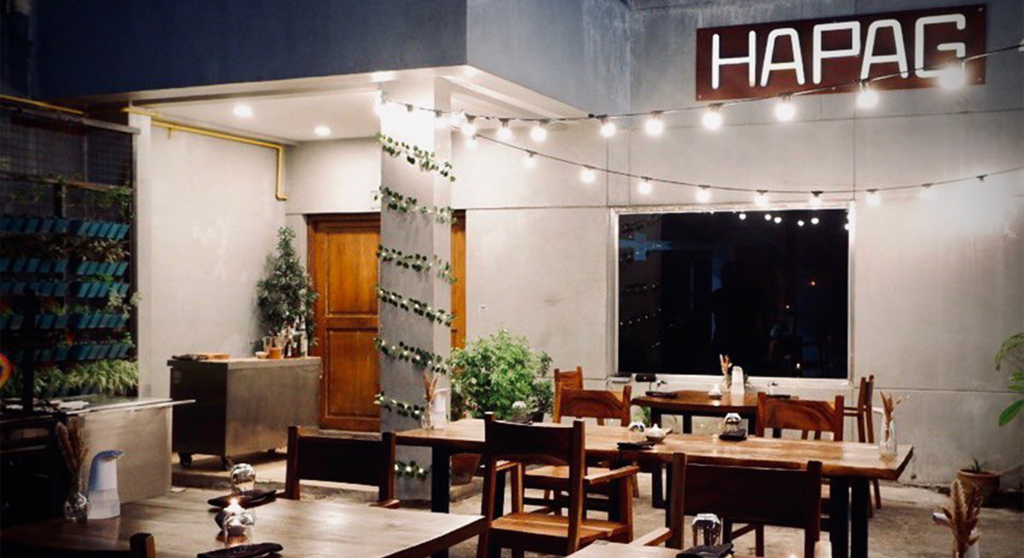
Hapag Restaurant offers a unique dining experience that takes you on a gastronomic trip through the different regions of Germany. From the moment you enter the restaurant, you feel like you’re in a little piece of the country, with its warm wooden interior and German food offerings.
Xin Tian Di
From the large range of genuine Chinese cuisine and drinks to the hand-painted murals that make you feel like you’re dining in a Chinese restaurant in Beijing, it’s easy to forget you’re in Quezon City. The crimson walls, blue LED lighting, and classic wood-and-metal decor of Xin Tian Di take you to another universe the instant you step in.
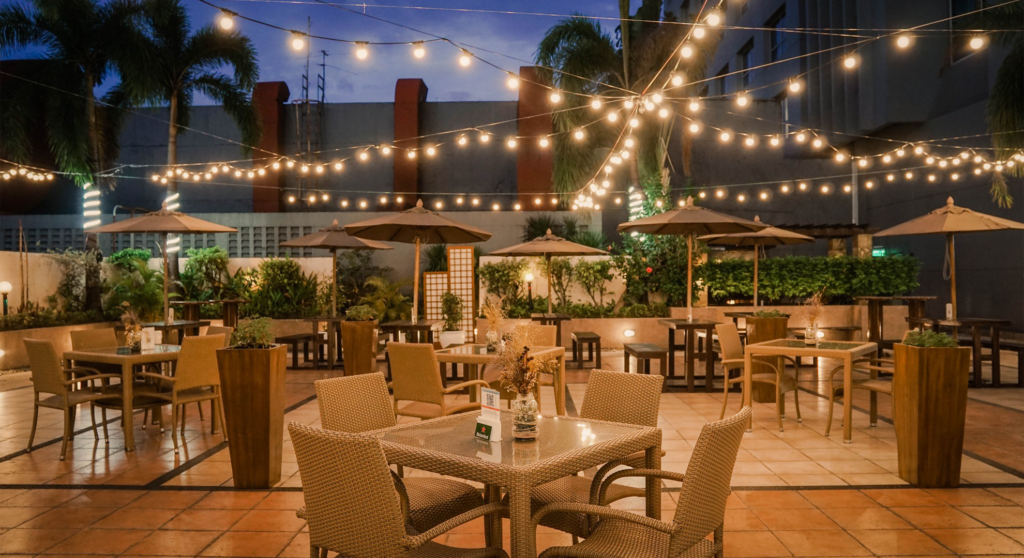
Xin Tian Di is the type of restaurant for which the term “hole-in-the-wall” was invented. On Katipunan Avenue, is a short strip of stores. The food lives up to its moniker, with a concentration on expertly made Tianjin regional favorites. Xin Tian Di’s meals are all created with fresh ingredients from China, guaranteeing that each mouthful transports you to the complete experience of genuine eating as it would be enjoyed by a local Chinese.
Seven Corners
Seven Corners’ eating space revolves around a bar and open kitchen, tucked away from the clamor and bustle of the street. The room is furnished with modern furnishings, yet it does not feel chilly or sterile. Customers can eat at tables near the windows and near the bar, or they can get their orders to go.
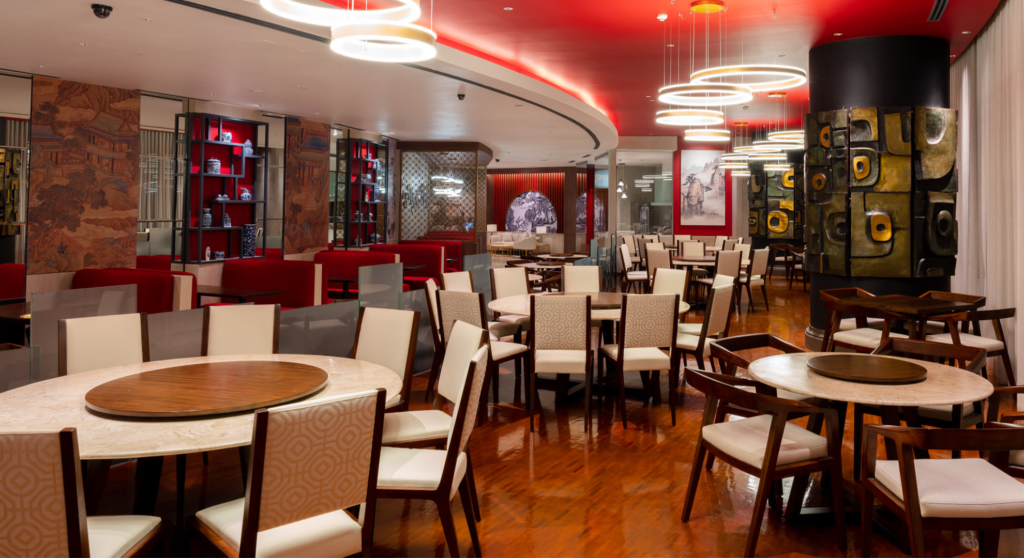
Everything you’d expect to find on a diner menu is here: sandwiches, salads, burgers, pasta dishes, and desserts. However, they also serve “fusion” foods, which combine flavors from other regions into a single dish. If you’re feeling daring, try some of the restaurant’s concoctions, such as shrimp tempura with spicy mayo or bulgogi beef tacos.
House of Birria
House of Birria is a family-style restaurant that takes its guests on a gourmet journey to Mexico with a menu of substantial and flavorful Mexican meals. The actual star of the show, however, is their specialty birria, a typical Jalisco cuisine from Guadalajara. Their birria method calls for marinating goat meat for 24 hours in a particular combination of herbs and spices before slow-cooking it for another six hours.
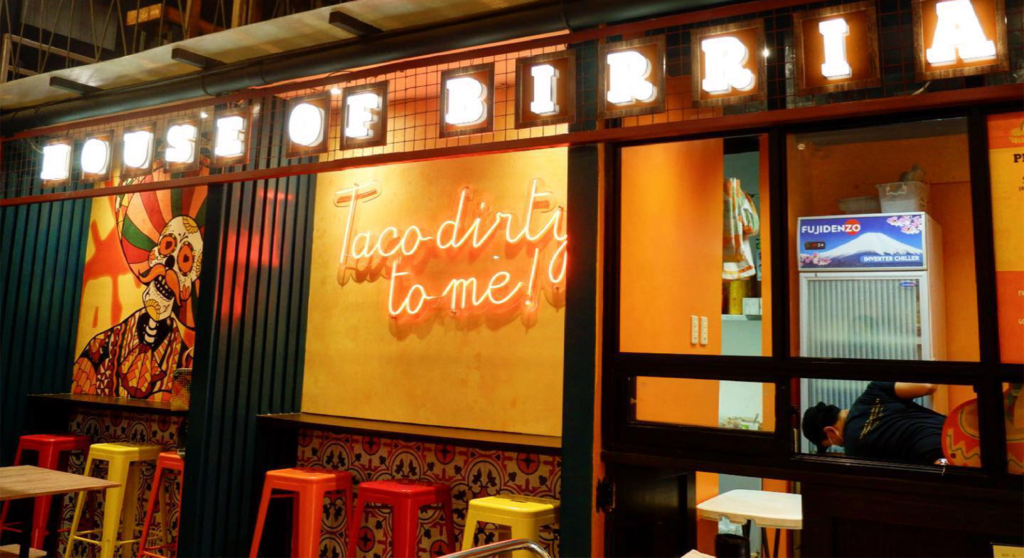
Michael Pascual, the restaurant’s owner, and chef has been a fan of Mexican cuisine since he was a child growing up in California. He recalls dining at little taco stalls in his area and being captivated by the food’s robust tastes and vibrant colors. Michael knew he wanted to provide true Mexican cuisine to Filipino customers when he chose to create his restaurant in the Philippines.
Kimpura
The first location of the restaurant opened in 2010 in Quezon City. Due to the overwhelmingly favorable response it received in the Philippines’ capital, it has subsequently expanded with other outlets around Metro Manila. Kimpura has evolved from its humble origins as a basic family-owned business into a haven away from home for Filipinos who enjoy Japanese cuisine.
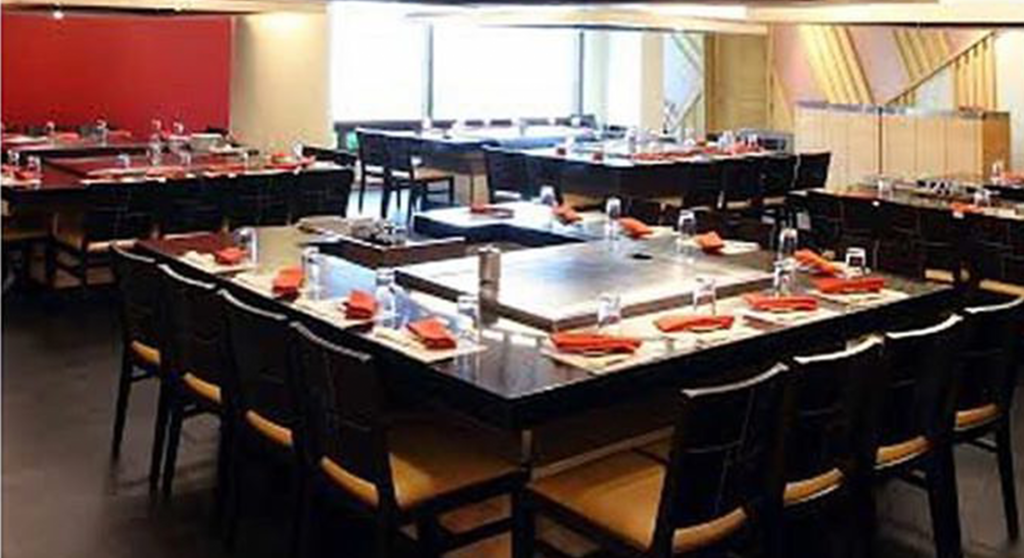
Visitors to Kimpura may enjoy a range of Japanese delicacies while gaining a sense of what life is like in Japan. The wooden accents and seating area of the restaurant give it a cozy air evocative of the Japanese countryside, while the meal takes customers on a gourmet journey across Japan’s many regions.
